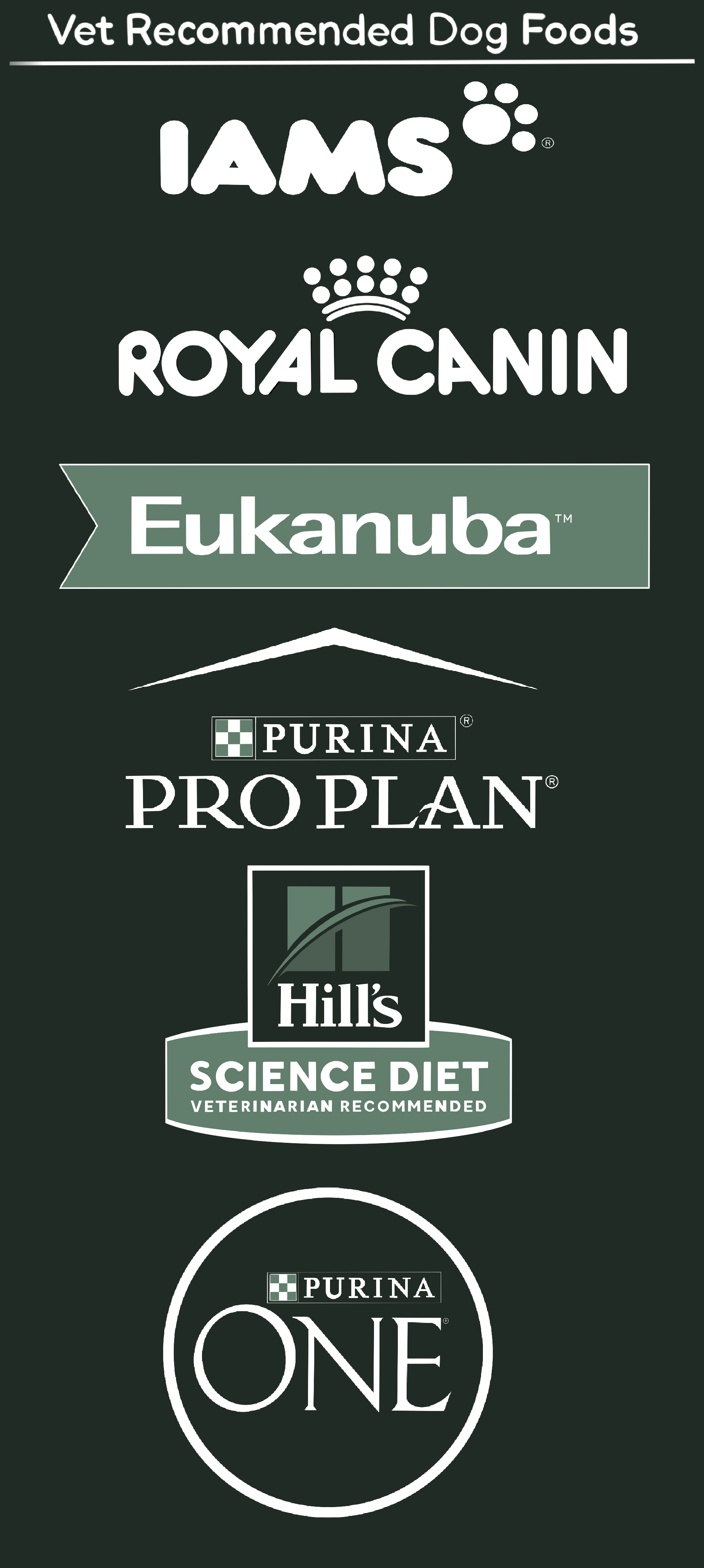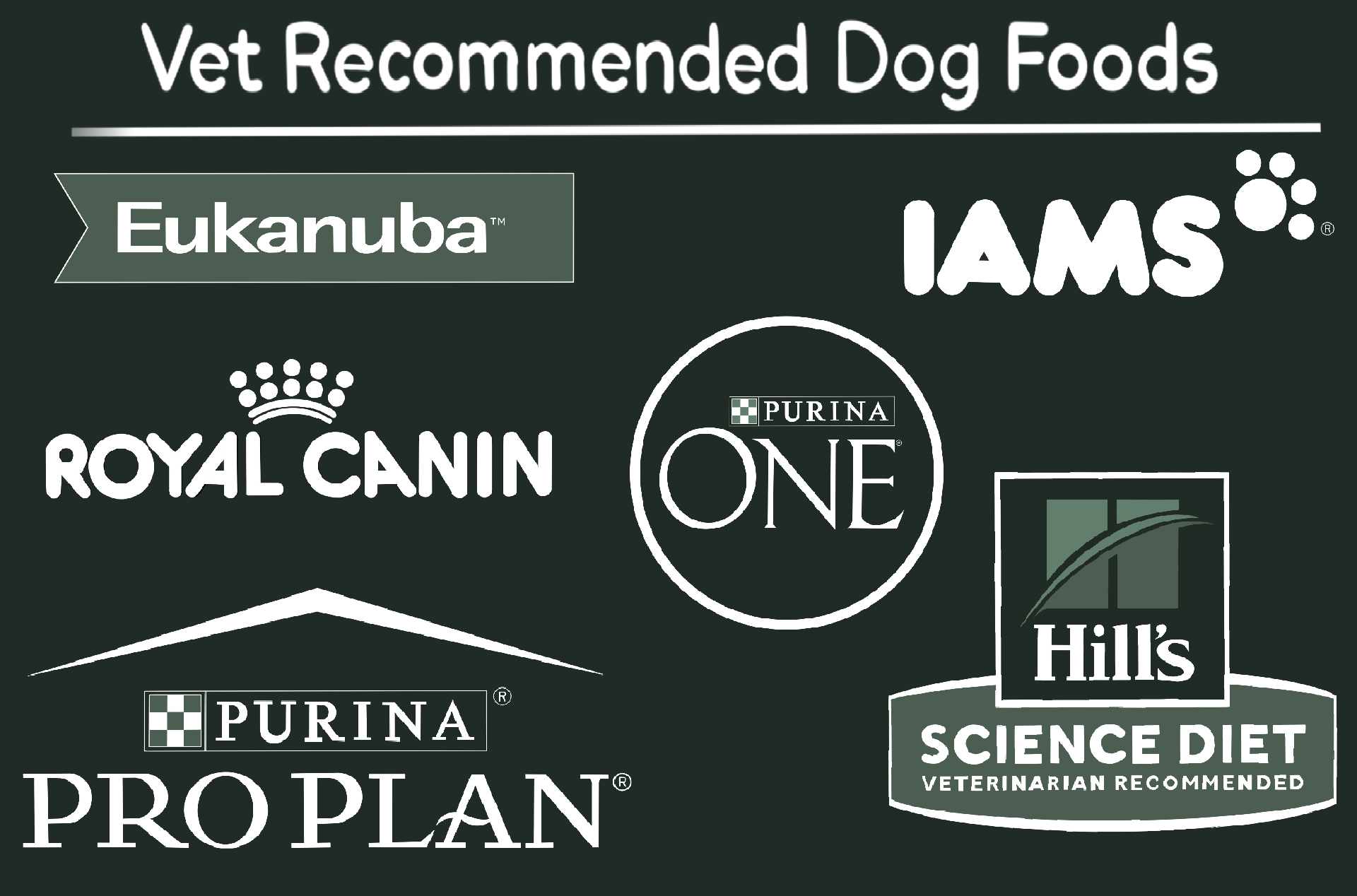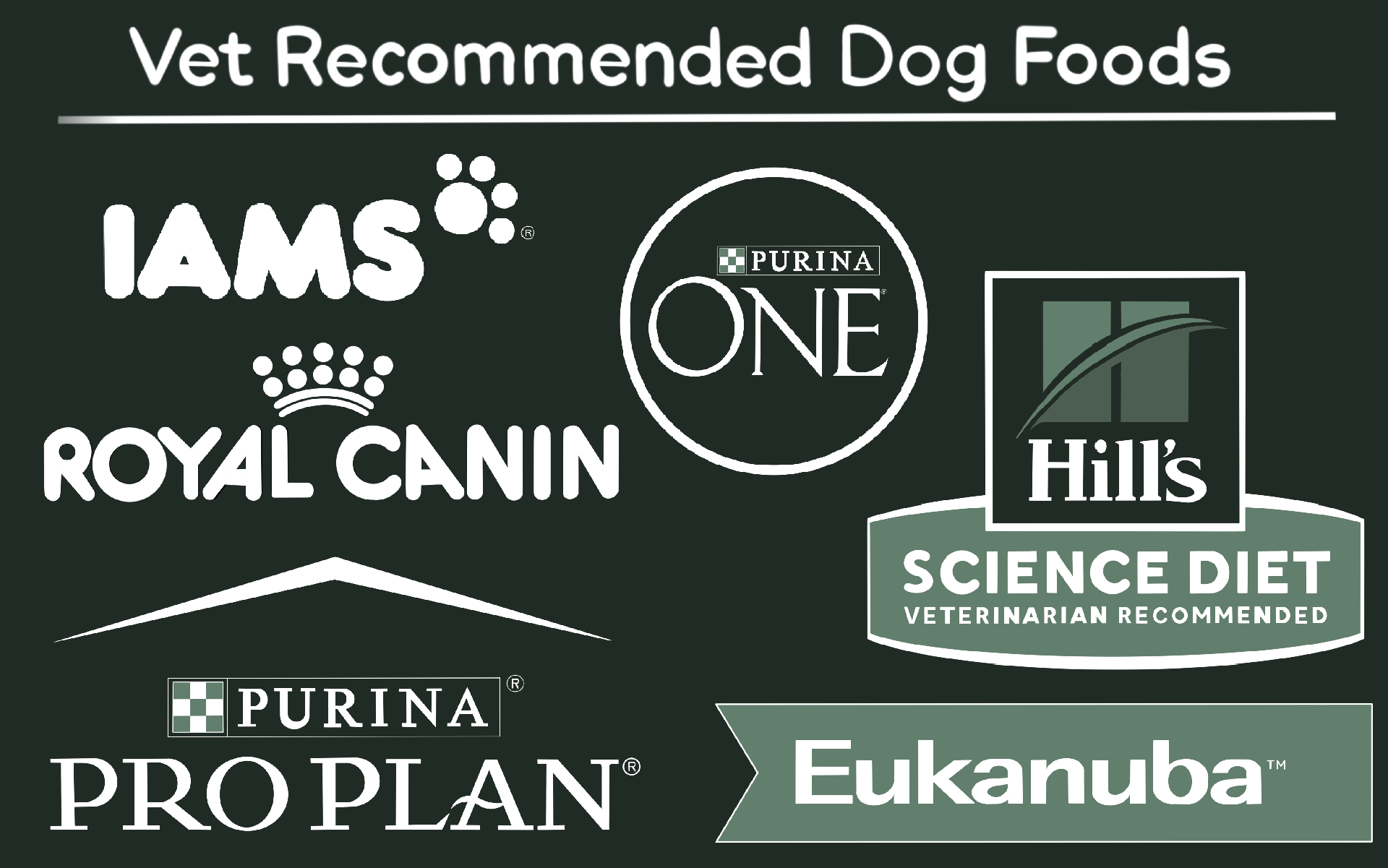Cotati Small Animal Hospital
PET NUTRITION
Good nutrition is a vital part to your pet’s health and happiness. It’s not just about satisfying their hunger—high-quality food supports a shiny coat, boosts their immune system, and keeps their digestion on track. A balanced diet also helps manage weight, preventing issues like diabetes and joint pain, while keeping their mind sharp and their energy high. This guide will help you navigate the essentials of pet nutrition, from choosing the best food to better understanding their specific dietary needs!
How Do I Find the Best Food for My Pet?
Choosing the right food for your pet is one of the most important decisions you can make for their health and well-being, but with numerous options available, it can be challenging and overwhelming to know where to start. The key is to understand that each pet is unique, and their dietary needs may vary based on factors like age, breed, activity level, and any underlying health conditions. While dogs generally do well with dry food, cats often benefit from a combination of dry and canned food. Canned food can help with hydration and appeal to picky eaters. Even with the best ingredients, your pet’s enjoyment matters. Select a food that your pet likes and responds well to, as it should be both nutritious and palatable. It is also crucial that dogs eat dog food and cats eat cat food, as each species has different nutritional needs. Cat food is typically higher in protein and fat and contains more taurine, an essential amino acid that cats need but dogs do not. Regularly consuming cat food can lead to nutritional imbalances and obesity in dogs. Additionally, the higher fat content in cat food can cause digestive upset or pancreatitis in dogs. By keeping these factors in mind, you can choose a food that not only meets AAFCO standards but also supports your pet’s overall health and happiness.
Below are some of the things you should consider when picking out a food for your pet! - Remember, a higher price does not always mean better quality.
LIFE STAGE
Start by considering your pet’s life stage. Puppies and kittens require food rich in nutrients that support growth and development, while adult pets benefit from balanced maintenance diets that sustain their energy and health. Senior pets, on the other hand, may need diets that address age-related issues like joint health or digestion.
HEALTH NEEDS
Next, think about your pet’s specific health needs. Pets with allergies or sensitivities might thrive on limited ingredient diets, while those with health conditions like kidney disease or diabetes might require specially formulated foods. Consult your veterinarian for recommendations tailored to your pet’s health requirements.
AAFCO LABELING
When selecting food, look for the AAFCO label. This label ensures that the food meets the minimum nutritional standards set for your pet's life stage—whether it's growth, maintenance, or all life stages. It means the food has also gone through the necessary feeding trials as well.
INGREDIENTS
Check the ingredients list for high-quality, natural components, and ensure named protein sources like "chicken" or "beef" are listed at the top. Avoid foods with vague terms such as “meat by-products” or artificial additives. A good diet should be balanced with proteins, fats, carbohydrates, vitamins, and minerals.
Foods That Our Doctors Recommend!
At Cotati Small Animal, we know how crucial it is to choose the right food for your pet's well-being. That’s why we recommend brands that not only meet AAFCO (Association of American Feed Control Officials) standards but also undergo rigorous feeding trials and scientific studies. While AAFCO standards ensure nutritional completeness, they don’t guarantee that feeding trials have been conducted; however, many top manufacturers go beyond these requirements, conducting thorough feeding studies that include bloodwork, digestibility assessments, and detailed veterinary exams. That’s why we endorse trusted brands like Hills Science Diet, Royal Canin, Purina ProPlan, Purina One, and Iams/Eukanuba, which consistently meet our high standards for quality and effectiveness, backed by proper testing. It’s worth noting that feeding studies aren’t required for marketing pet food, so companies that perform comprehensive feeding studies truly prioritize the customers’ pets best interest. Our team is here to help you select the best food for your pet’s needs so if you have questions or need personalized recommendations, feel free to contact us!
Learn more about how to choose nutritious food over flashy marketing with these articles recommended by Dr. Kong:
AFFCO on understanding pet food and their role in testing and regulation
What's in your pets food: A guide to understanding the ingredient list



What is AAFCO?
The Association of American Feed Control Officials (AAFCO) is an organization that sets important standards for pet food to ensure it is both safe and nutritious. AAFCO’s primary role is to develop guidelines that help pet food manufacturers create products meeting the basic nutritional needs of pets. These guidelines include nutrient profiles that specify the essential nutrients pets need at different life stages, such as puppy/kitten, adult, and senior. They also outline ingredient usage and labeling requirements.
It's crucial to understand that while AAFCO guarantees nutritional completeness, it does not guarantee that feeding trials have been conducted. AAFCO sets nutritional standards that pet food manufacturers must meet to label their products as providing a "complete and balanced diet." These guidelines ensure that pet foods are formulated to meet all of a pet's nutrient requirements. The formulation is often tested during a 26-week feeding trial, where a group of dogs is fed the diet exclusively, and their health is monitored. If the food passes the feeding trial, it can be labeled as "complete and balanced," giving pet owners confidence that the food meets the nutritional and safety standards set by AAFCO.
However, it's essential to note that
AAFCO does not regulate, test, approve, or certify pet food. Instead, it establishes model language that states and other governing bodies may adopt into law. When you see an AAFCO statement on pet food, it means the food has been formulated to meet these essential standards, helping to ensure your pet's diet is complete and balanced.
Below are three examples of what the AAFCO statement can look like on a food product:
Example A
“_______________ is formulated to meet the nutritional levels established by the AAFCO Dog (or cat) Food Nutrient Profiles for _____________.”
Example B
“Animal feeding tests using AAFCO procedures substantiate that ______________ provides complete and balanced nutrition for _____________.”
Example C
“________ provides complete and balanced nutrition for _______ and is comparable to a product which has been substantiated using AAFCO feeding tests”
Grain Free Foods
At Cotati Small Animal, our doctors advise against grain-free pet foods due to recent concerns about Dilated Cardiomyopathy (DCM), a serious heart condition that affects the heart’s ability to pump blood effectively. Research has linked some grain-free diets, particularly those high in peas, lentils, chickpeas, and certain types of potatoes, to an increased risk of DCM in dogs not normally prone to this type of heart disease. The specific factor which triggers the DCM has not been identified. This is only a problem with dogs; no heart disease has been identified in cats on a grain free diet.
Grains are actually an important part of a balanced diet as they are a valuable source of nutrients and fiber. It's a common misconception that grains cause allergies in pets; however, food allergies are more often triggered by proteins like beef, chicken, or dairy. Grains like rice, barley, and oats are typically well-tolerated and beneficial. A balanced diet that includes grains, along with the right amounts of protein, fat, and essential nutrients, is crucial for maintaining your pet’s heart health. While there are rare cases where a grain-free diet may be necessary for specific health conditions, this is the exception rather than the rule. Always choose pet foods that meet AAFCO standards to ensure your pet receives comprehensive nutrition.
As a precaution, we recommend our clients with dogs on grain-free diet consider changing to one of the recommended diets.
To learn more about the link between grain free foods and Dilated Cardiomyopathy,
click here
to read an article from the FDA.
Frequently Asked Questions
-
How do I properly switch my pet to a new food?
It is important to take it slow when transitioning your pet to a new food! A sudden switch may cause digestive upset and food aversion — especially in cats. Initially replace 25% of the old food with the new food. Continue to gradually increase the proportion of the new food offered based on your pet's acceptance. For most pets a good diet transition can look like this:
Day 1: 25% new diet and 75% old diet.
Day 3: 50% new diet and 50% old diet.
Day 5: 75% new diet and 25% old diet.
Day 7: 100% new diet.
Some pets with sensitive stomachs, food allergies, or other gastrointestinal diseases may need an even longer transition period. The key to a good diet transition is monitoring your pet's individual response. If, at any point during the diet transition, your pet displays concerning signs such as changes in appetite, vomiting, or diarrhea, you should proceed more slowly. And if you have transitioned gradually and your pet is still experiencing stomach upset, it is best to consult with your veterinarian. In some cases, it may be necessary to choose a different diet.
-
Should I feed my pet what it recommends on the label?
There are feeding guides on most pet food products you can buy and where it can be a helpful guide to start from, we recommend erring on the side of caution. Most product recommendations are too high for the average pet. It is important to feed your pet the correct amount so we recommend discussing it with your vet and getting a feeding guideline that is tailored to your pet!
-
Is wet or dry food better?
If you’ve wondered which is better when it comes to wet vs. dry pet food, they’re both excellent choices. Just make sure the food you select is 100 percent complete and balanced for your pet’s age and life stage. There are benefits to both!
Wet or "canned" foods:
- Higher moisture content: helpful for dogs or cats with medical conditions where their water intake has declined.
- Easier to chew: for pets with dental disease or oral abnormalities wet food tends to be easier for them to eat.
- Palatable: If you have a sick or older pet who has a decreased appetite, or just a picky eater than canned food might be just the thing to get them to eat! Wet foods can often be more flavorful and aromatic then its dry counter parts which can help entice your pet to eat.
*however it is important to note that wet foods that are left out have a high risk of growing harmful bactria and should be replaced every meal.
Dry foods:
- Dental health: Dry food can encourages pets to chew their food, which can help in preventing tartar buildup and secondary periodontal disease. You can also ask your vet about a dental prescription foods!
- Convenient: Dry foods can be much easier to pre-portion. They also don't spoil as quickly as wet food does which means you can leave it out all day if your pets free-feed.
- Cost effective: Depending on the brand, dry food may be less expensive than wet food and may have a longer storage life.
-
Should I give my cat milk?
Even though they love the taste because it is so high in fat and will often choose to drink it, most cats are lactose intolerant and the inability to digest dairy products properly can lead to vomiting and diarrhea. Kittens have enzymes that are designed to break down the lactose in their mother's milk for the proper nutrients and adult cats no longer have this enzyme which is why they are not able to properly digest lactose, especially from other species. Kittens will drink their mother’s milk for the first few weeks of life, or a specially designed ‘kitten formula milk’ if necessary but they will be fully weaned by around 8-9 weeks of age.
It is also important to note if feeding a kitten, milk from another species does not contain the right balance of nutrients for proper development and should not be a substitute for their mother's milk or a kitten formula.
-
Why should I feed my puppy "puppy specific" food?
Puppies are not adult dogs just yet, but you can help yours grow into one. Choose a food formulated for puppies, with the nutrition they need to develop into a healthy adult dog, then feed it consistently until your puppy has fully graduated into adulthood. It’s a gift you can give them now that will benefit them for the rest of their life. The biggest difference between a complete and balanced puppy food and a complete and balanced adult dog food is the nutritional purpose of each. That is, healthy maintenance and growth for puppies versus healthy maintenance only for adult dogs. There is usually more protein, fat, and calcium in puppy formulated foods.
STILL HAVE QUESTIONS, CONTACT US! (707) 795-3694





